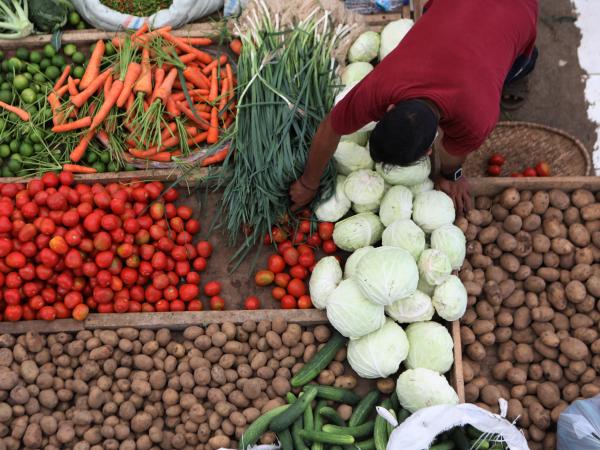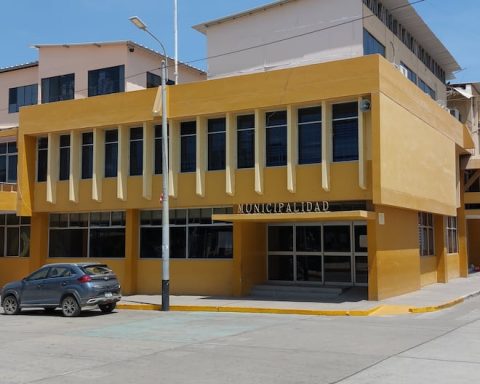This January 5, the National Administrative Department of Statistics, Dane, showed that the monthly variation of inflation in December 2022 was 1.26%. This led to a total of 13.12% in the annual variation.
(Read: Inflation of 13.12% puts pressure on the Bank of the Republic).
A number that is historic. The highest so far in the 21st century and doubles what was registered in 2021 when the annual CPI was 5.62%.
The forecasts of the experts pointed to an average of 12.6%. However, from other perspectives, the data could have been much worse and there were factors that helped ease its increase last year.
For example, that the year was marked by an increase in production costs of 18.54% and the costs of production of consumer goods of 24.27%.
(See: Increases in food do not stop: these are the most expensive at the moment).
Consequently, production costs grew much more than the prices to the buyer of these consumer goods. For the economist Camilo Herrera, this translates into an effort by the business community and commerce.
Along with it, the inflation of 2022 was generated mainly by the increase in the price of food at home and outside these. “This situation is ‘good news’ because food prices may drop or stop growing much more in 2023,” according to Herrera.
Another important aspect was that despite the increases, rents explain only 6.5% of 100% of price increases. In this sense, the increases by landlords were not large. A situation that would not be easy to sustain for this 2023, according to the expert.
The data also shows that energy inflation is beginning to slow down. That is, gas and energy for home consumption and fuel for vehicles. This, according to Herrera, is explained by the actions taken by the Government.
(Keep reading: The university degrees that professionals regret having completed).
Along with this, the expert points out that “The increase in the CPI exceeds the increase in the SMLV of 2022, which was 10%, in all income levels, affecting more the purchasing power of households with the lowest incomes“.
Finally, he concludes that inflation it could have been much higher but there were efforts from different sectors that already show their impact on the final data and give indications of what it would be like by 2023.
Inflation reaches December 2022 at 13.12%,
The increase in production costs to 18.54%,
and the increase in production costs of consumer goods to 24.27%…In this regard, several issues should be highlighted: pic.twitter.com/IaV6f5zNmH
— Camilo Herrera Mora (@consumido) January 5, 2023
BRIEFCASE















